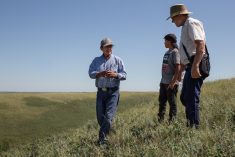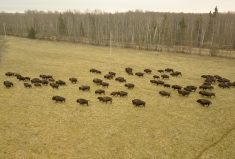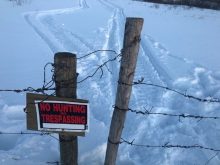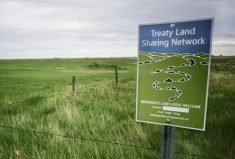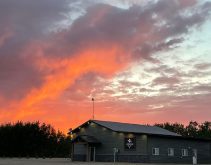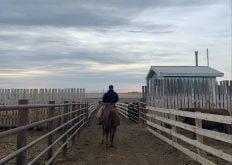If you’ve ever been to court day in small-town Saskatchewan, you quickly learn it bears little resemblance to Law and Order.
I found this out for myself several years ago when I was called to testify. Court day was held at the Legion Hall in St. Walburg, a town of around 700 people in northwestern Saskatchewan. Everyone testifying or up on charges was crammed into the single large room at the front of the hall. The judge, a bearded man known to occasionally chew on his tie or the arms of his glasses while presiding, sat at the front, facing the rest of us. Witnesses were told to wait outside during trials before they had to give evidence, so they wouldn’t hear others testify. Nor were we allowed to shelter in one of the businesses open on the same street. What if the weather was horrible, I wondered. Tough luck, unless you parked close to the hall, I guess.
My crew and I watched as several other matters came before the judge. One case caught my attention. A man had been charged with uttering threats against a sledder while holding a firearm. He owned an acreage in the Brightsand Lake area, and I recognized him, as I’d met him once or twice in the past.
Read Also
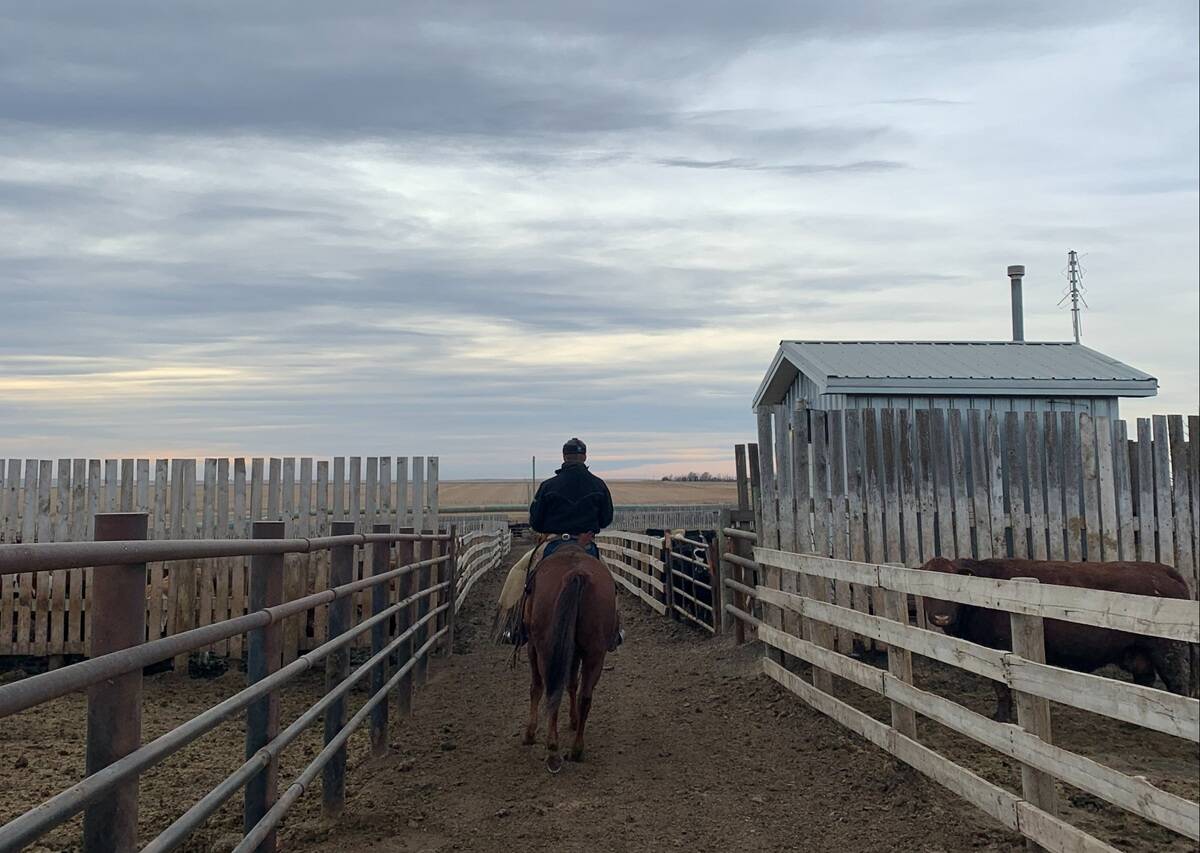
Pen riders still better than tech at detecting respiratory disease in feedlot cattle, says researcher
Recent research found that pen riders are better than tech at flagging signs of BRD in feedlot cattle
During a break, we chatted very briefly. Years later, he agreed to tell me more about how he ended up in court that day. For the purposes of this story, we’re calling him Phil, although that’s not his real name. I think his case reveals a problem we’re wrestling with in my community, and communities across Western Canada — trespassing and land access.
Wicked problems
Have you ever been walking through a pasture when you spotted a strand of barbed wire on the ground, tried to pick it up, only to realize that it was just a small piece of a much larger mess that was mostly buried in soil and old grass?
Trespassing is like that. You think you understand the problem, but when you look at it more closely, you realize there are several strands tangled into a nasty mess.
Plus, there are some big unknowns. For example, who exactly is trespassing, and what are their motives? Since most trespassers are never identified, and they’re not exactly clamouring to be known, this is hard to know for sure. There are likely many people who hop a fence to check something out without leaving a sign of their presence. Usually, it’s only the worst cases, often involving other crimes or problems, that we find out about. Even then, few people are identified.
Trespassing and land access is a wicked problem. The idea of a wicked problem was introduced in 1973 by design theorists Horst Rittel and Melvin Webber. Each wicked problem is unique and can be seen as a symptom of other problems. There are many potential solutions and approaches, and we can’t test them before trying them. The factors affecting these problems are often changing and hard to define. There’s no trial and error — solutions are irreversible and have real-world effects.
How we describe the problem defines its solutions. This is important because if, for example, we view trespassing and land access through a criminal lens, we’re going to look at legislation and law enforcement as the solutions. But if we focus solely on the legal aspects, do we risk losing the majority who would like to do the right thing, at least most of the time? Do we also miss other potential solutions that would address other strands of the problem, especially those that may be half-buried right now?
Still, I think it’s fair to argue that applying some sort of legal remedy is a valid response, especially with the most egregious trespassing cases. It’s not just landholders who have a stake in this. Trespassing can be wrapped up with everything from hunting accidents to environmental damage. There’s also a potential for — and history of — violence over land access and trespassing issues.
Living on the forest fringe
There is something about the landscape where I live that draws a certain type of person. It’s not just the beauty of this place, anchored by two lakes, which attracts people who like being outside. Just north of both lakes is the Divide Forest, a boreal landscape that separates the communities around Turtle Lake from Meadow Lake, which is about an 85 km drive from the lake’s east side.
The Divide Forest is Crown land, a favourite place for hunters, snowmobilers and ATVers. Having a large expanse of Crown land near communities also brings people who don’t want to follow too many rules, says Jim Range, a local elk farmer, retired history teacher, cabin owner and municipal councillor. There are people who want to be able to disappear into the forest like a deer, yet also partake in the comforts of civilization when it suits them, and this area fits the bill, he explains.
But, ironically, as the area draws more people, the growing population is threatening both the environment and the sometimes-tenuous peace between different groups of people. ATVs rip apart riparian areas and other fragile landscapes, and damage crops. Snowmobilers roar through fields and sometimes even people’s yards. Conflict is rising over trespassing and land access, both within the lakeshore towns and the surrounding communities.
The lake population, combined with the locals, makes this area one of the most densely populated rural areas in Saskatchewan, says Jim.
There are approximately 1,500 cabins around Turtle Lake now, and more could be built at any time on existing properties. Brightsand Lake, a smaller, spring-fed oval lake, has about 500 cabins so far, but more cabins and subdivisions are popping up on its shores, too.
Like many lake communities, the word “cabin” seems like a misnomer when you see the structures, which are often four-season second homes. That means more people, not only in the summer but year-round.
In some ways, the story of trespassing in this area is one of near misses, at least so far. To me, Phil’s story is one of the more dramatic examples.
Several years ago, Phil bought an acreage in the area so he could live in a quiet place, closer to nature. But his quiet was frequently disrupted by the roar of snowmobiles, or even the sight of sledders chasing moose on his land.
It’s a sight that Phil found especially aggravating, as he has a real fondness for wildlife. Sitting in a local cafe one afternoon, Phil told me about the moose cow with the badly injured leg who spent a couple of winters around his yard. Phil observed “Limpy” and her companion closely, visiting her daily and learning to read her body language. He was able to get within 10 or 15 feet of her before she’d put her ears down and tell him to back off, he says. He even observed several moose call on Limpy one winter day, seeming to visit her.
Ultimately, Phil’s protectiveness of the moose, his admitted lack of diplomacy and his frustration with snowmobilers trespassing on his land would lead to a tense confrontation and that day in court.
For the next installment, see:




